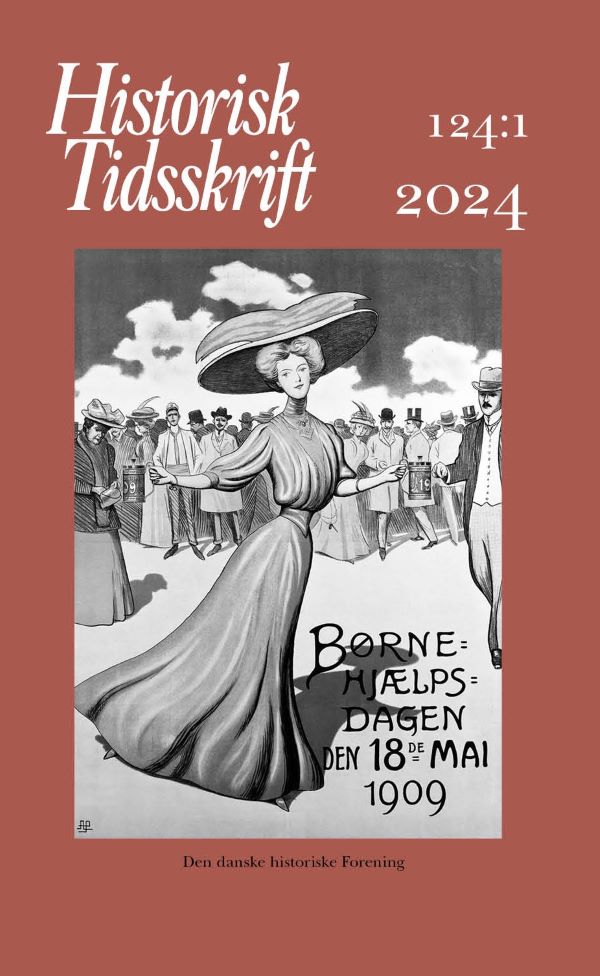Forældreafmagt. Forældres følelser og forestillinger i mødet med den statslige danske børneforsorg 1905-1922
Emotions and Expectations of Parents facing the Danish National Child Welfare System
DOI:
https://doi.org/10.7146/ht.v124i1.149244Nøgleord:
børneforsorgResumé
In 1905, the Danish parliament passed Denmark’s first national legislation on the upbringing of children, called “Børneloven” (The Children’s Law). This law allowed the state to legally revoke parents’ custody of their children and, if found necessary, forcibly separate children from their parents. This controversial law intervened in the private lives of Danish citizens and infringed upon the natural rights of parents to determine the life of their own children. Parents who came into contact with the Danish child welfare system had few rights and little influence on the fate of their children. Nevertheless, several parents challenged the decisions made by the authorities. In letters to the central authorities of the child welfare system, known as “Overværge-rådet”, parents used a variety of strategies in the hope of keeping their children or exerting some influence on their future. Mothers tended to use emotions in their letters to the central authorities. They expressed strong grief and longing, and some even compared the loss of their child to the loss of their own life, while some fathers expressed similar emotions, most focused on practical issues, like securing apprenticeships for their children. This difference reflects existing social norms: women were expected to show love and affection, while fathers were expected to ensure the family’s financial stability. The letters also reflect that the parents often were socially inferior to the authorities they were writing to, a power disparity that complicated parental attempts to navigate the system. Despite the variety of arguments Danish parents used to influence the authorities, very few of them succeeded.
Downloads
Publiceret
Citation/Eksport
Nummer
Sektion
Licens
Ophavsret til bidrag i Historisk Tidsskrift tilhører forfatterne og Den danske historiske Forening som udgiver af Historisk Tidsskrift. For illustrationer gælder den ophavsret, som står anført i billedteksten. Ophavsretslovens almindelige bestemmelser gælder, hvilket vil sige, at ophavsretten gælder i 70 år efter forfatterens død. Bidrag i Historisk Tidsskrift må derfor, med forbehold for en ”moving wall” på tre år, frit downloades, læses, gemmes, anvendes og citeres (med kildeangivelse) i privat og videnskabelig sammenhæng, men de må ikke helt eller delvis genudgives af tredjepart, heller ikke i redigeret form, uden tilladelse fra forfatterne og Den danske historiske Forening. Henvendelse skal i så fald rettes til Historisk Tidsskrifts redaktion på histtid@hum.ku.dk.





